Game based learning
Room 15 have been playing Rob the Nest where they are able to apply their one to one counting between the numbers of 1 to 20 in a fun way.
They have found that if they are all trying to move the balls and count them at the same time as another student then they might not be able to count all of the balls correctly. Students have been working together to count all of the balls one by one. They then show the teacher and the other teams how many balls they have on their fingers.
We have been playing rob the nest and we count the balls after to see what team has the most
We counted 7 tennis balls. We won that game!
I learnt to count the balls and showed we had 6 balls on my fingers.
We had 4 balls and Miss Robinson asked us how many more we needed to get to 5. I said 1 and she gave us 1 more so we had 5!
They have also been using games and pair activities to make bonds to five with objects. Students were given a different amount of plastic animals each. Their job was to make sure they had 5 plastic animals between them and their buddy. They could have 3 plastic animals and pair up with someone who had 2 plastic animals. They had to do this quickly in order to beat the other teams.
These games are helping Room 15 to become more confident with their knowledge of counting and ordering numbers to solve simple problems. Students are given the opportunity to self assess and complete a task independently. If they need help, they can ask their peers or the teacher. They are encouraged to ask questions to clarify their understanding and also use a variety of strategies to solve problems.
For example, the improved confidence to use one to one counting has meant that students can double check to make sure their answers are correct.
By providing a range of hands-on activities students have gained an understanding of mathematical concepts appropriate for Year One.
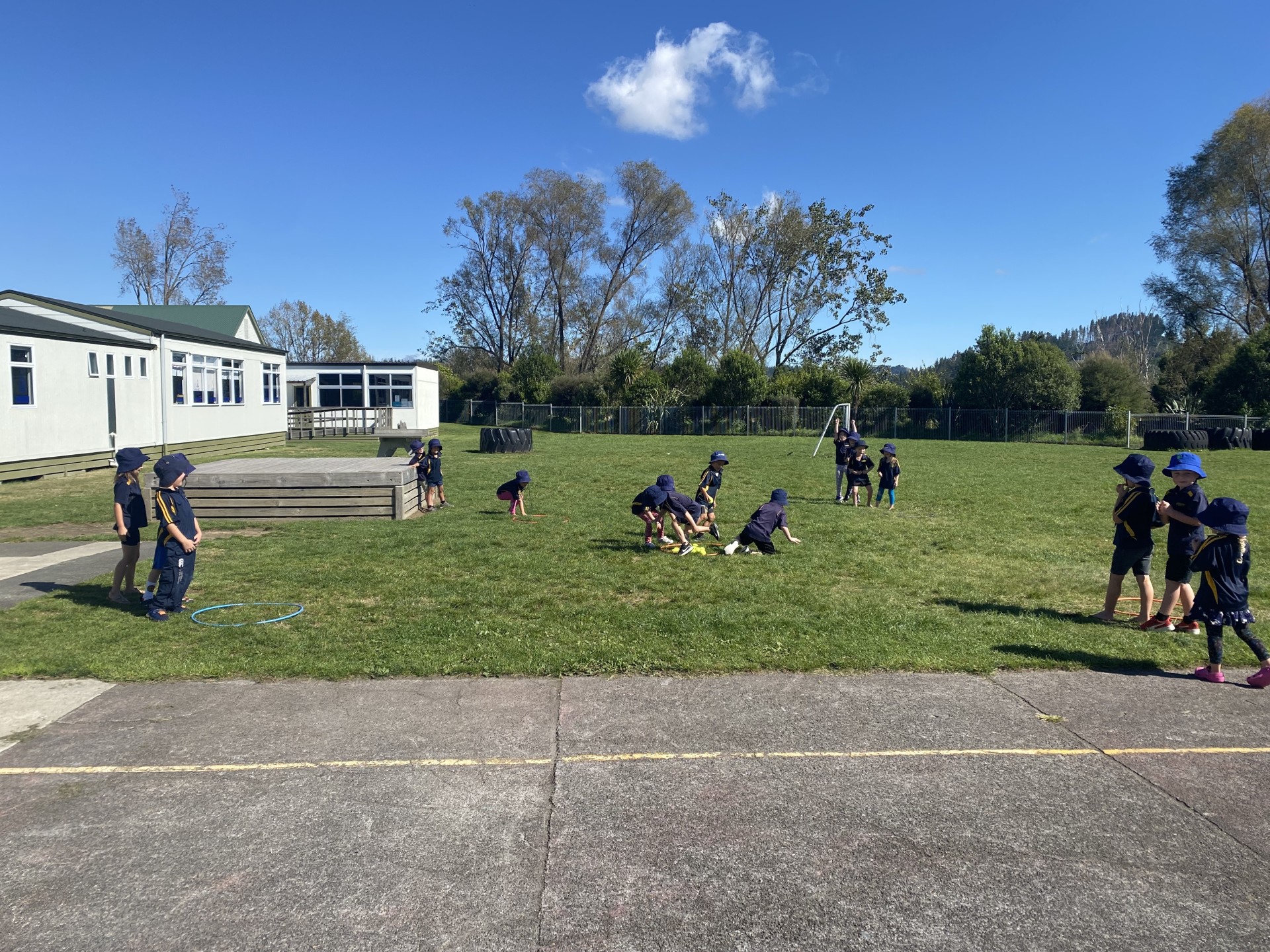
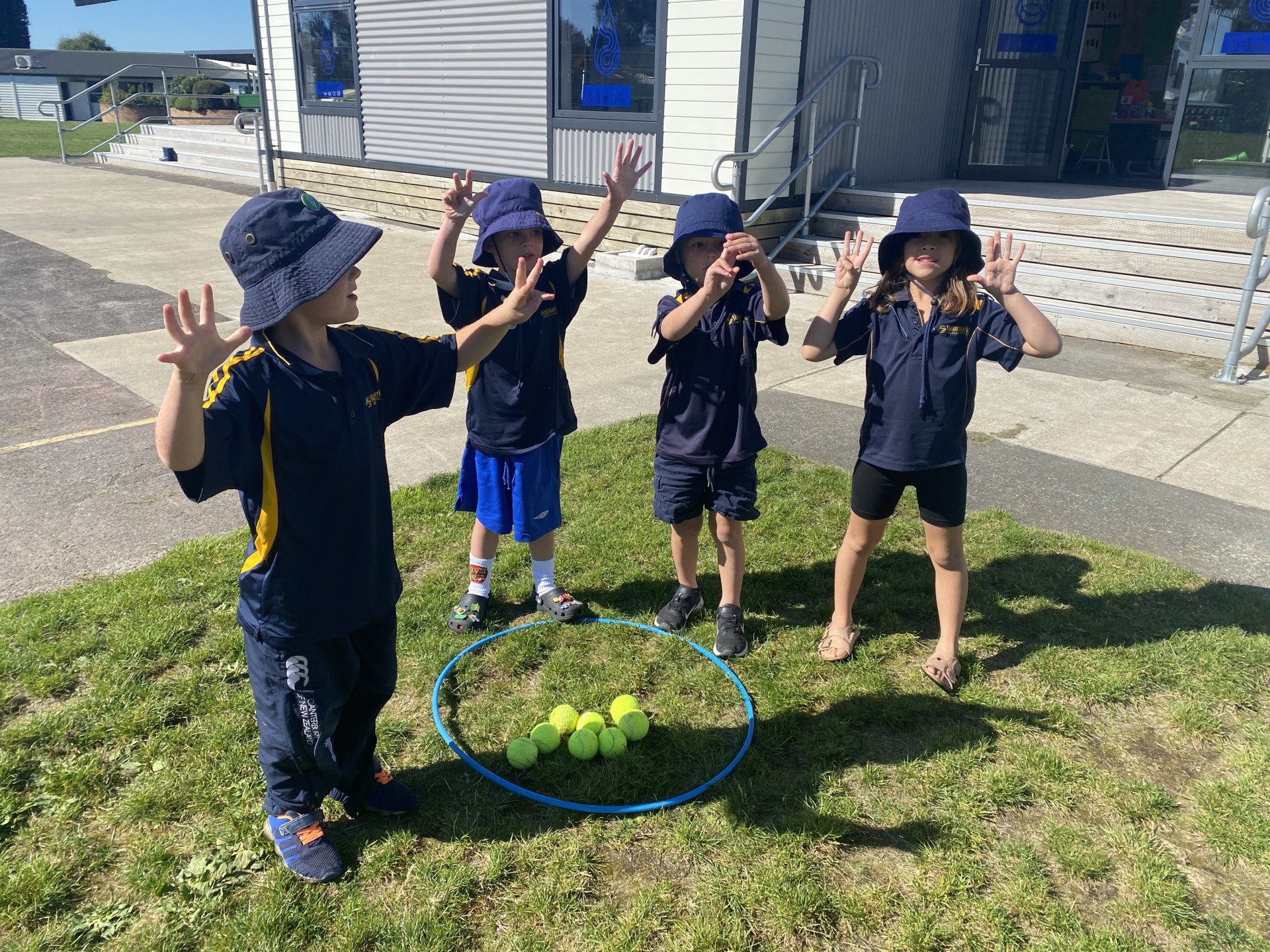
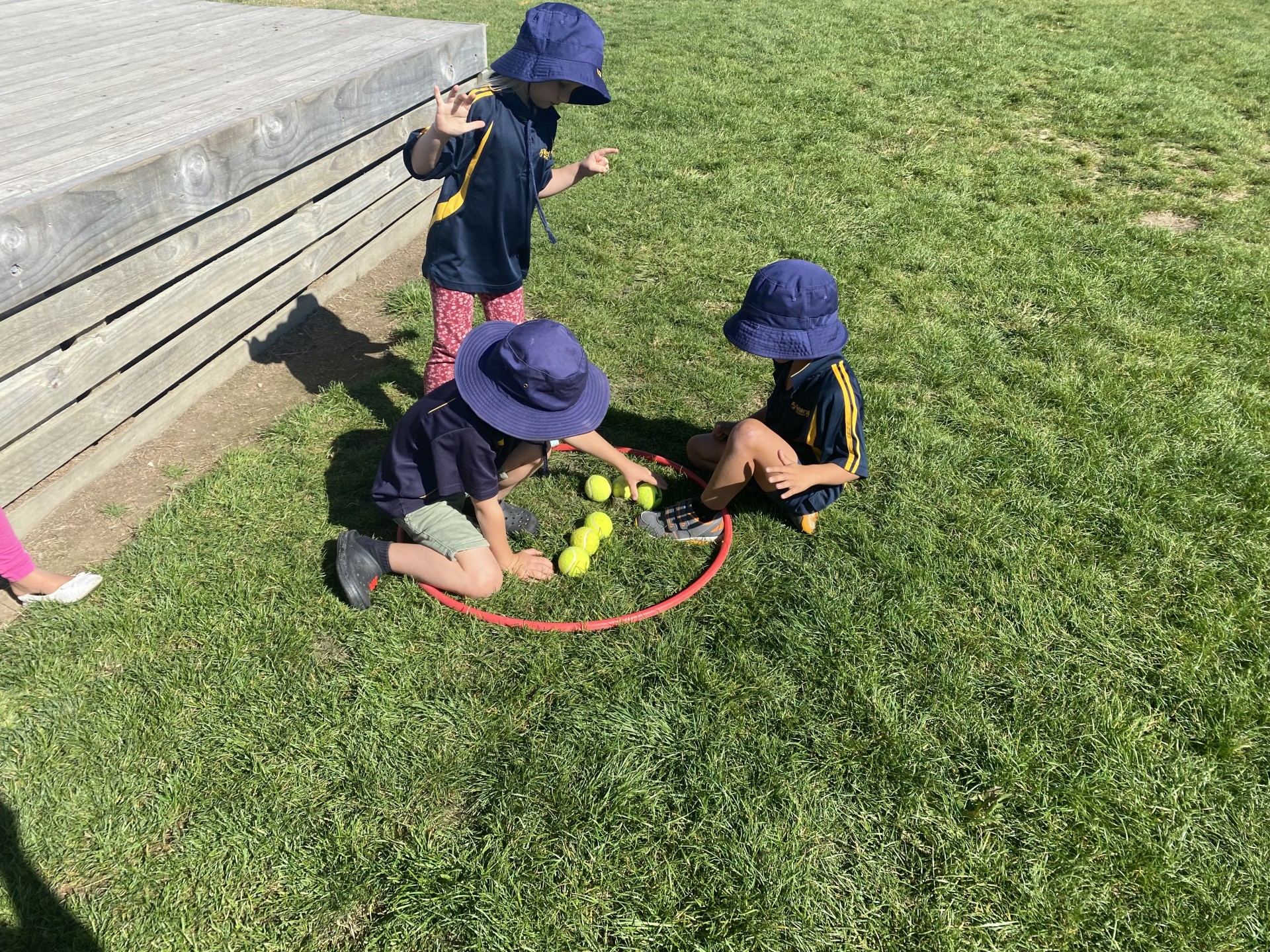
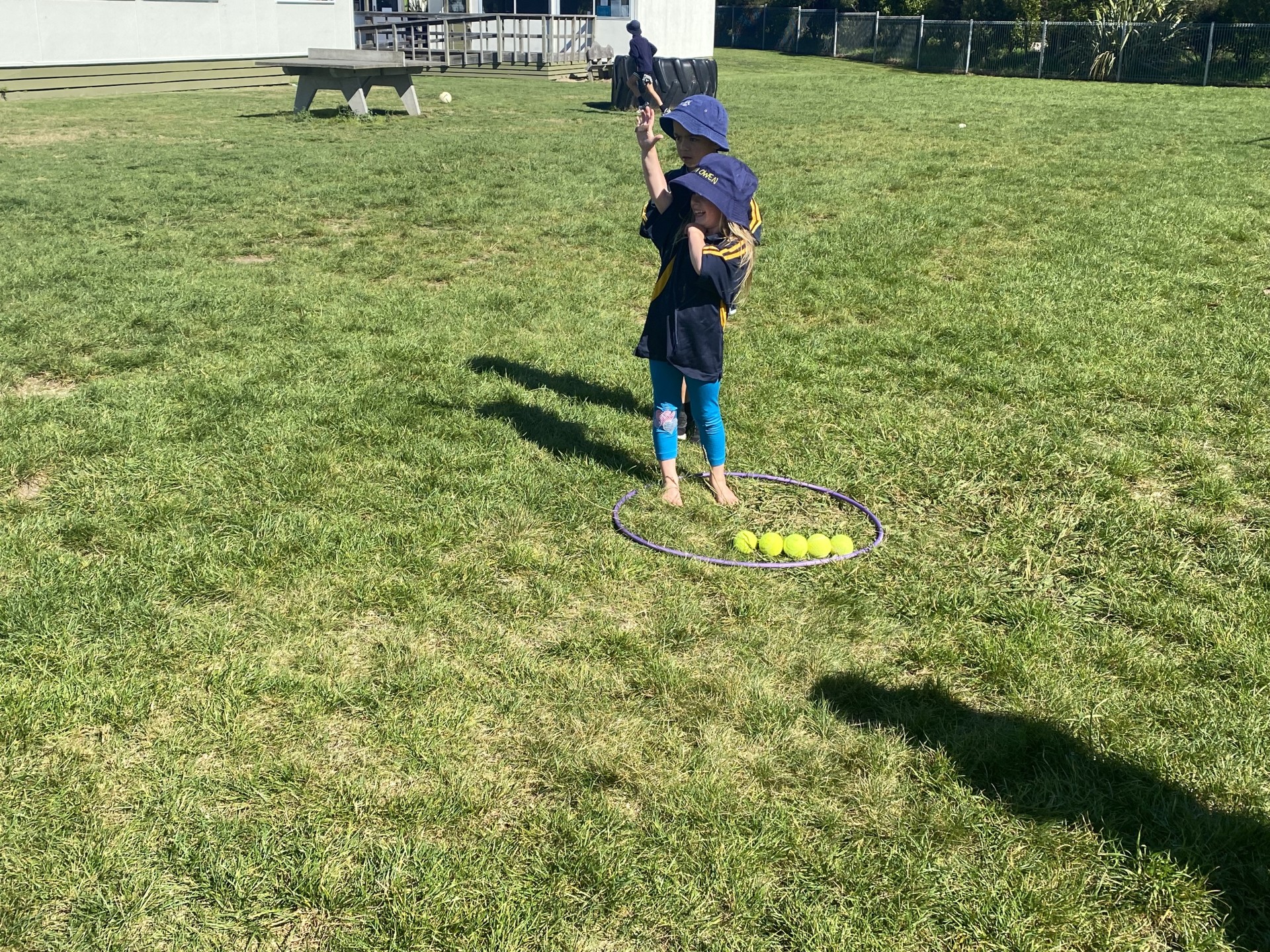
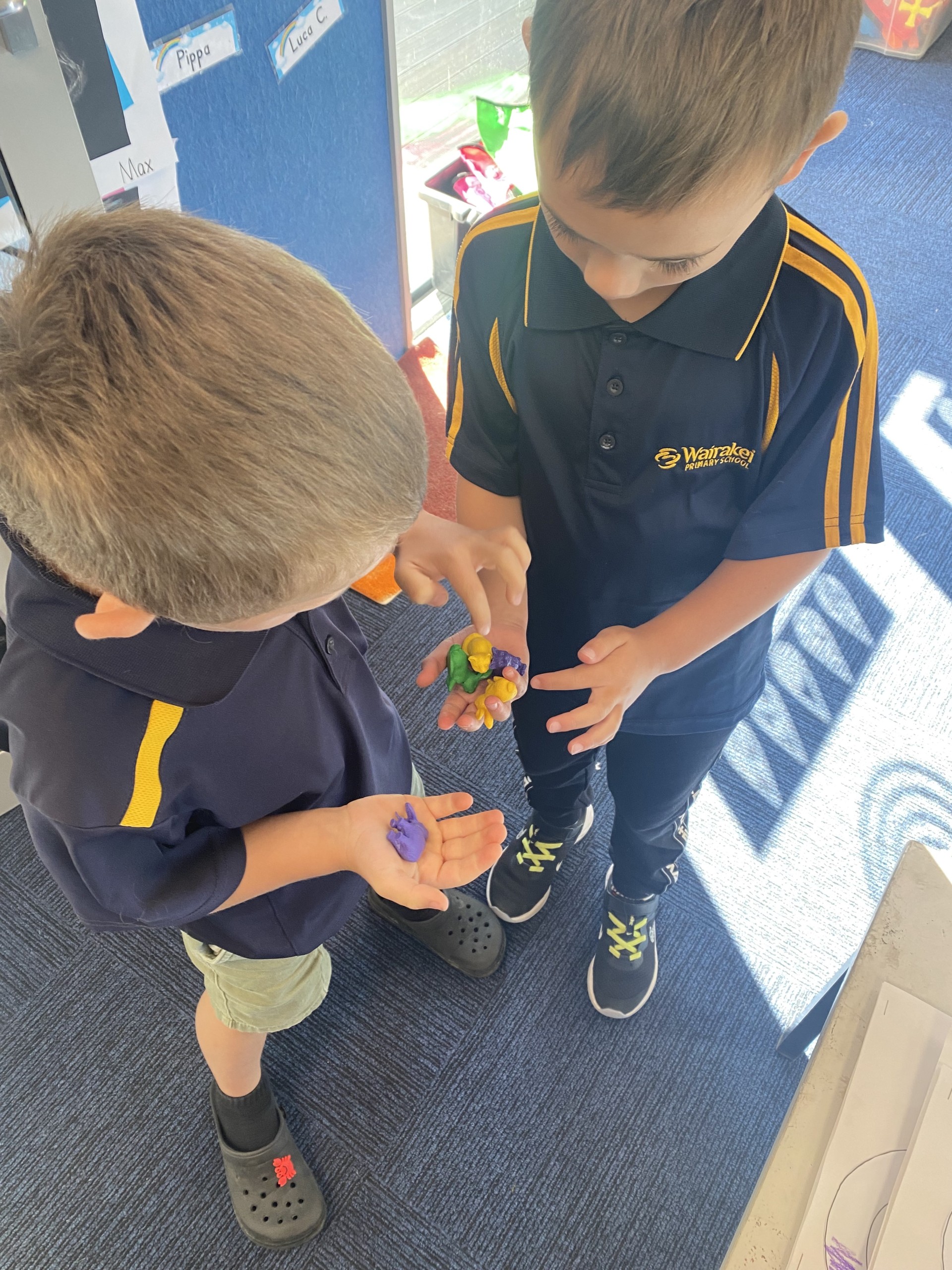
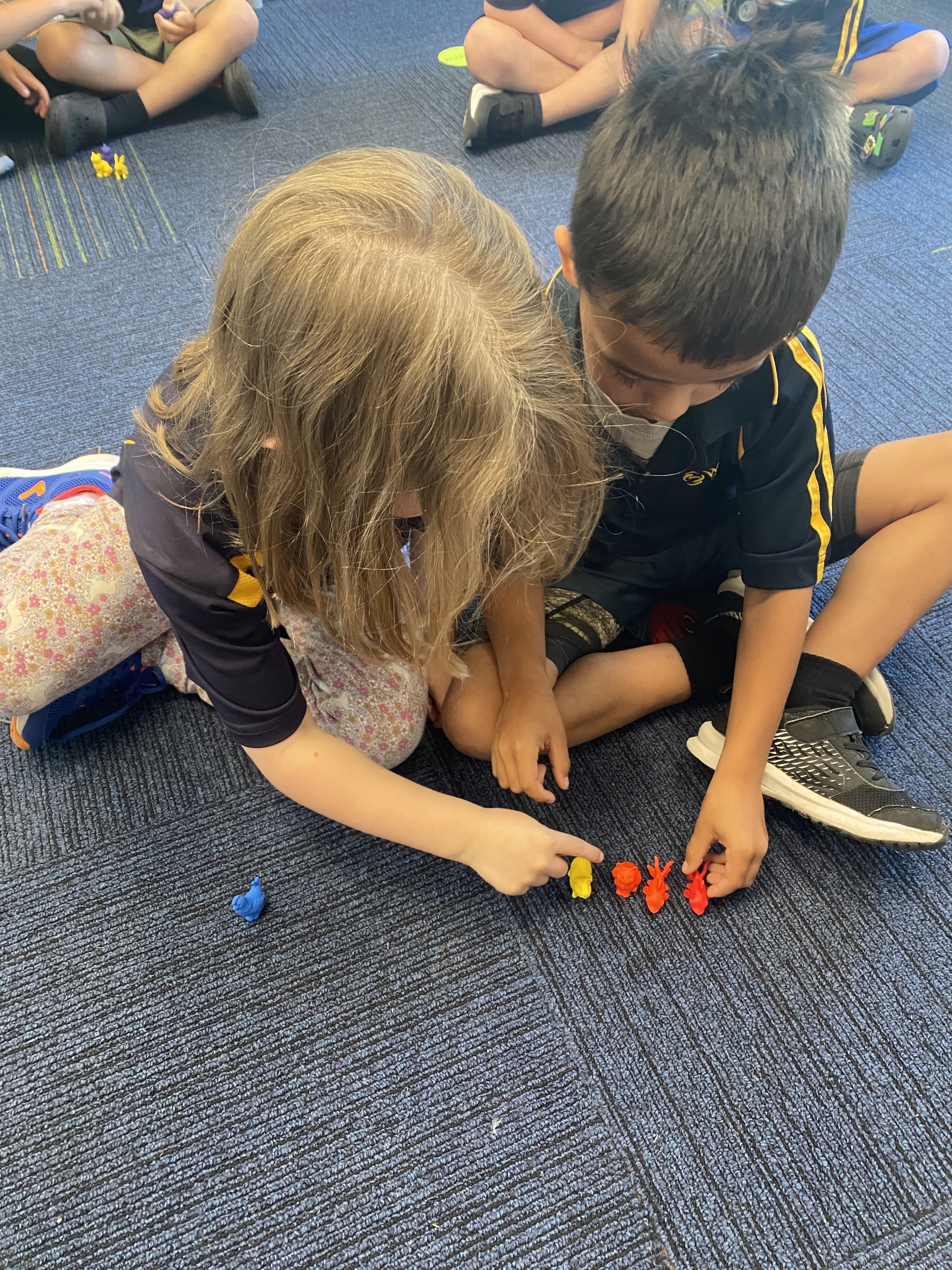
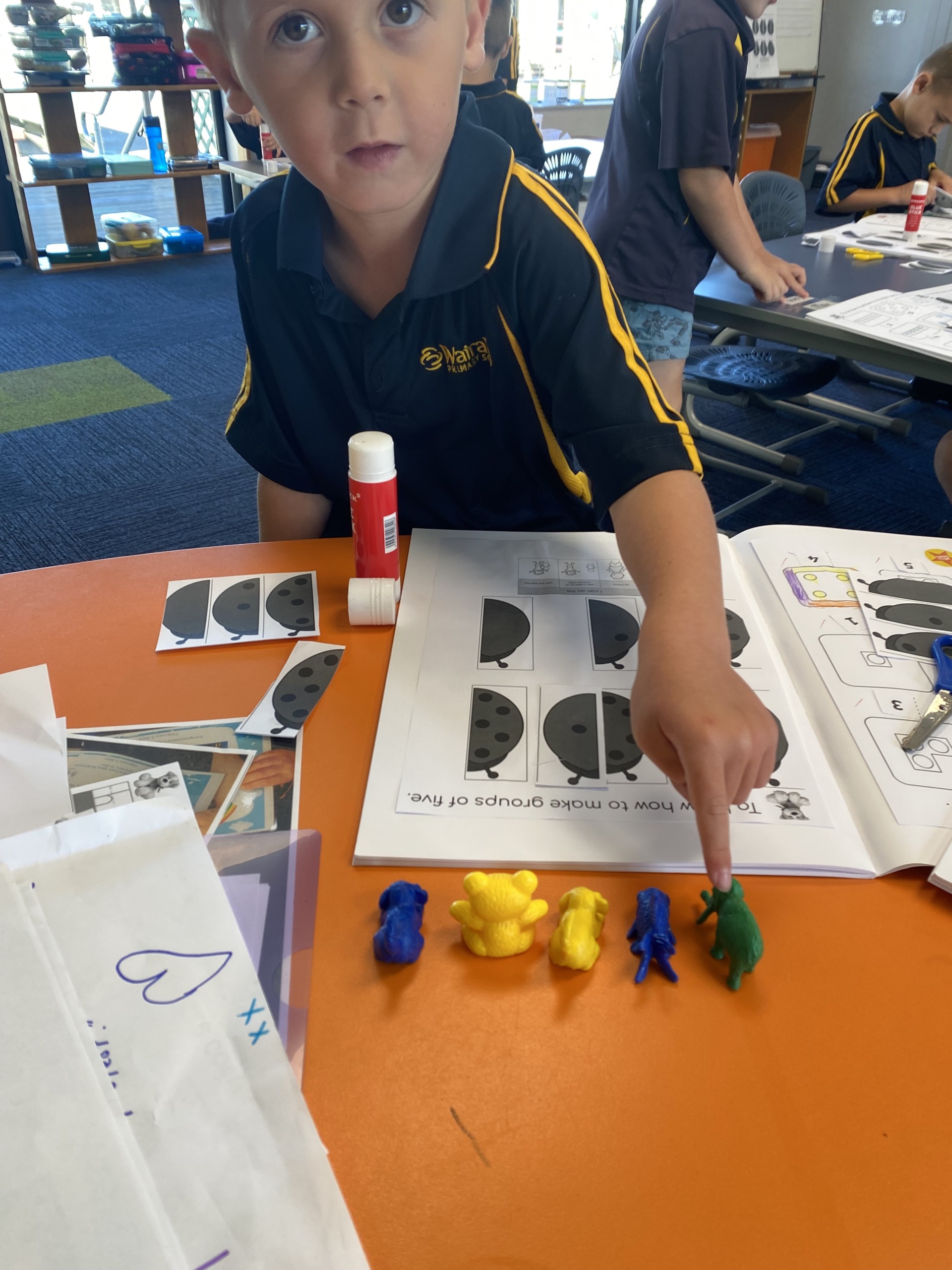
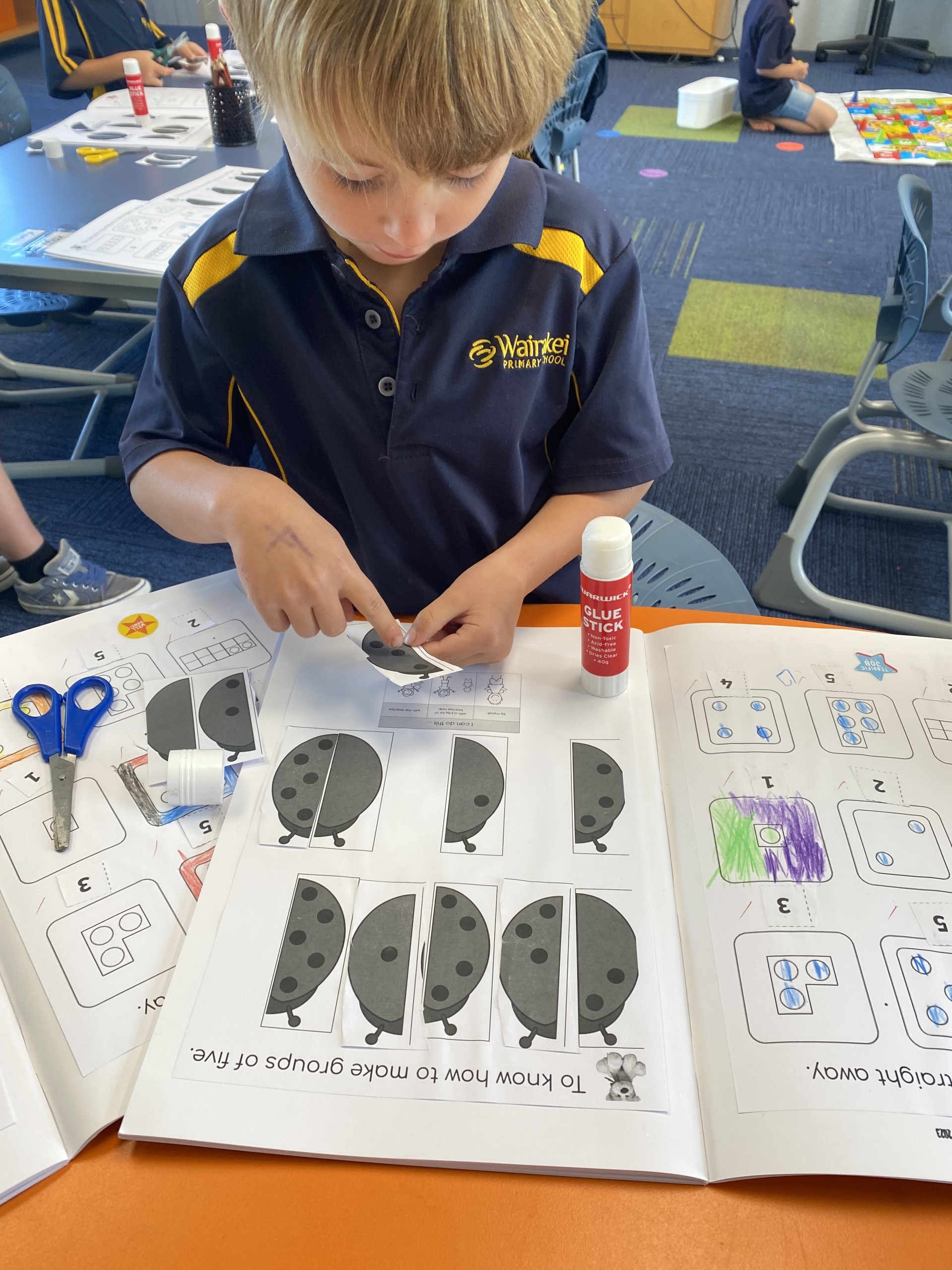
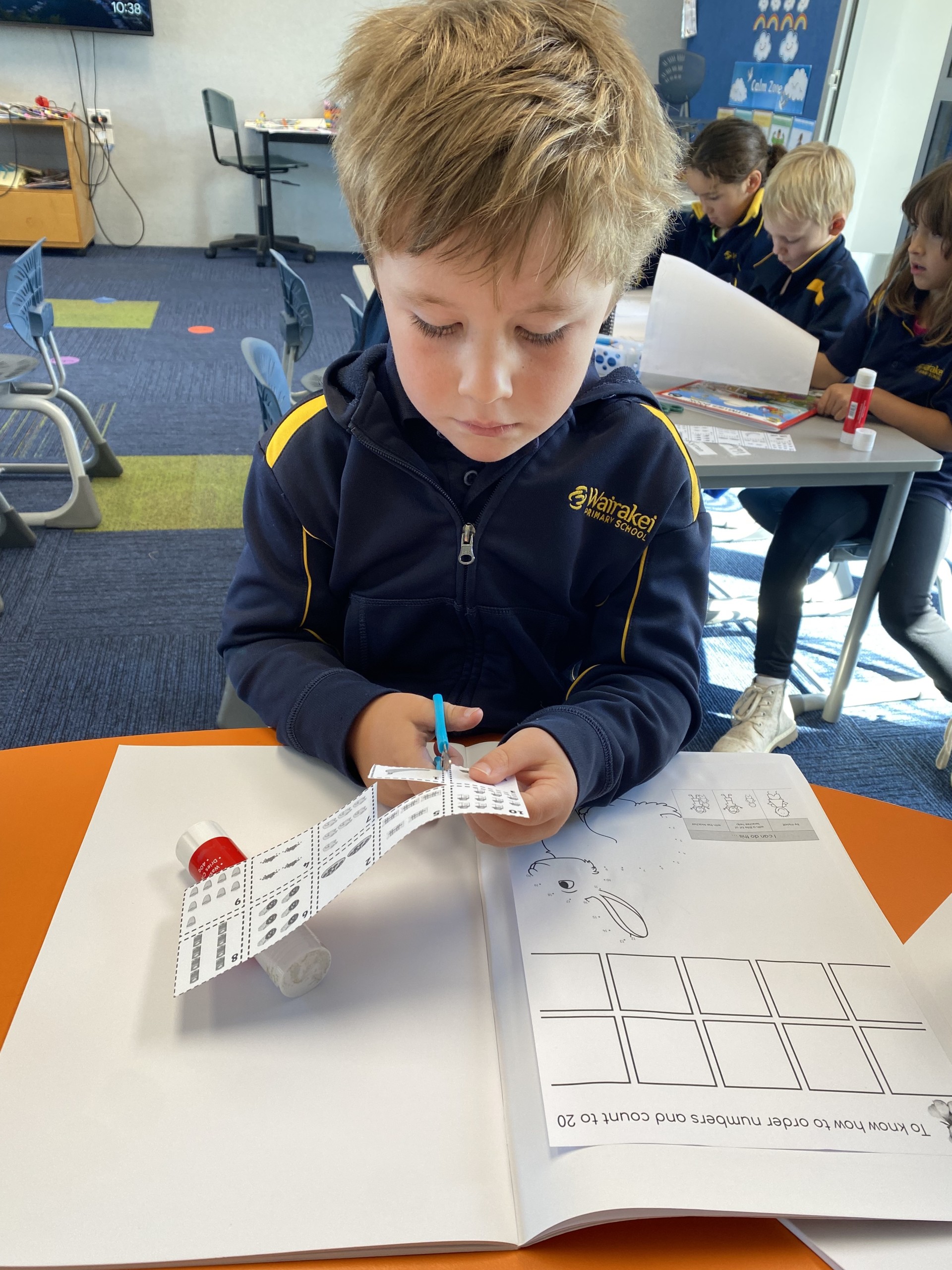
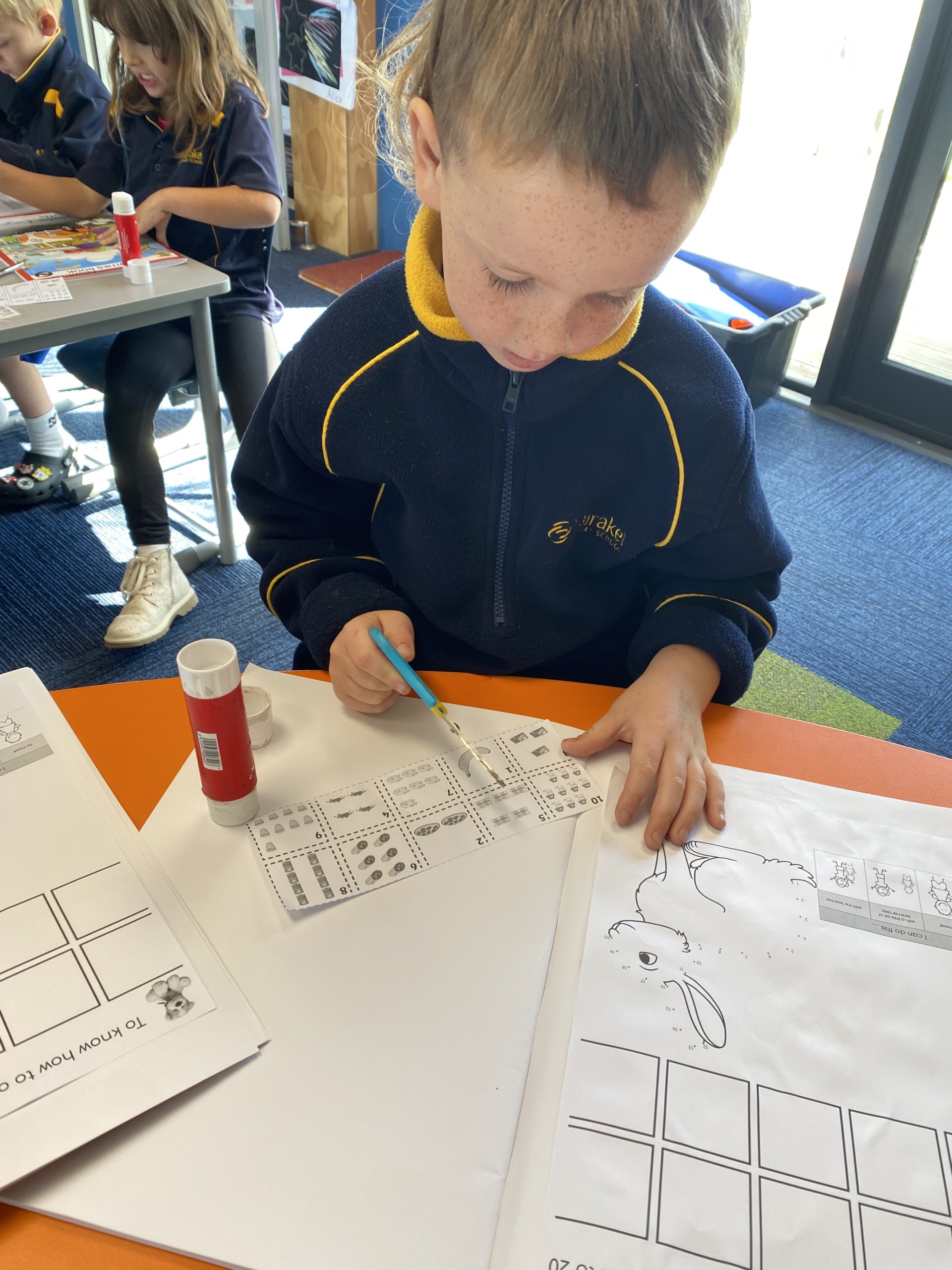
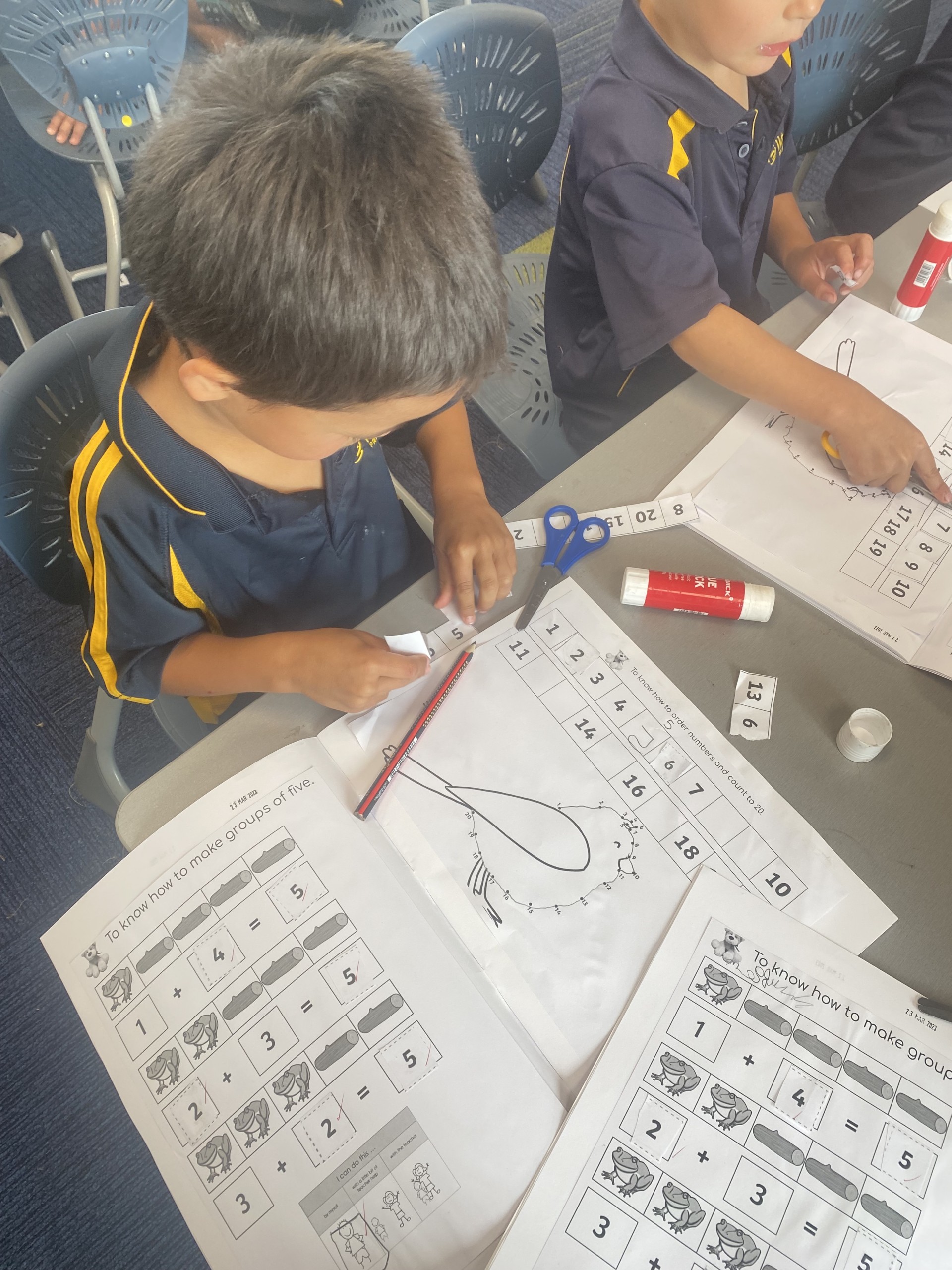
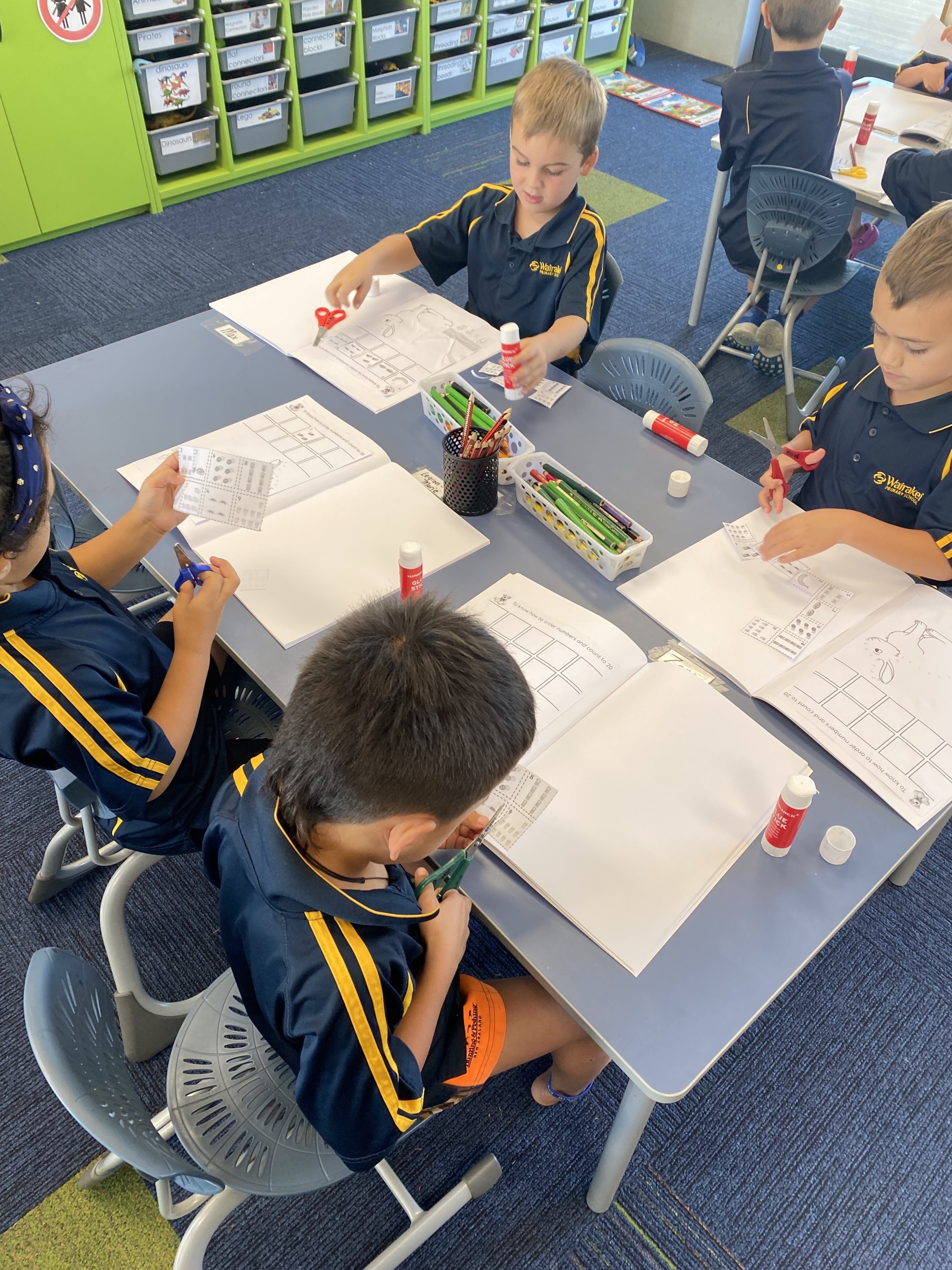

Comments are disabled for this post.